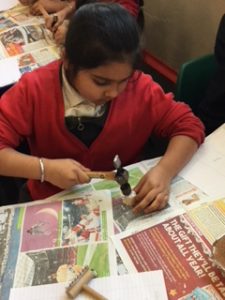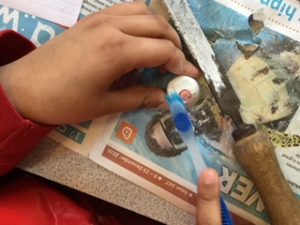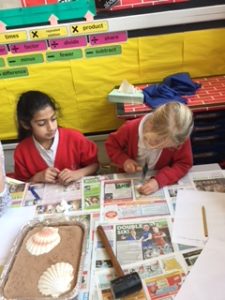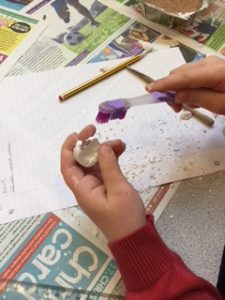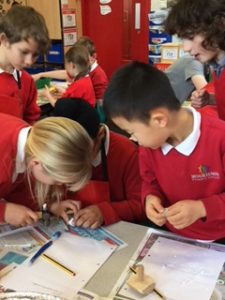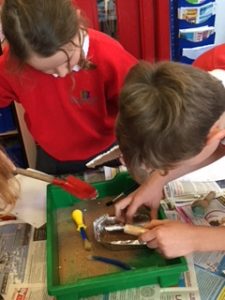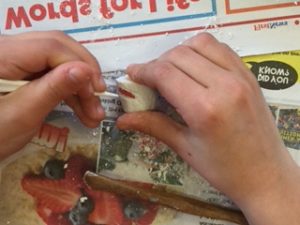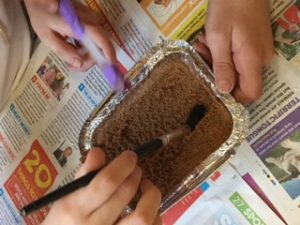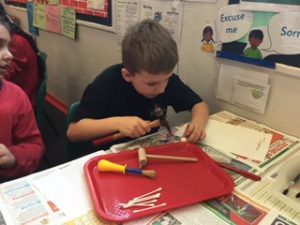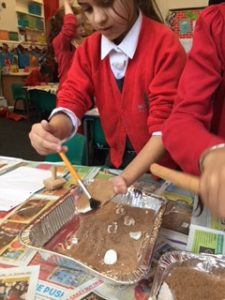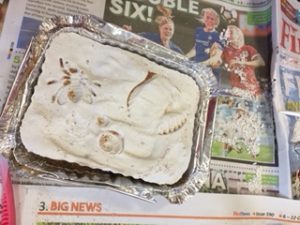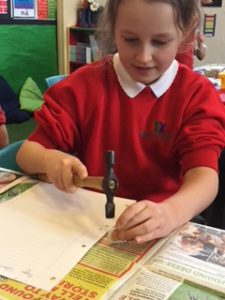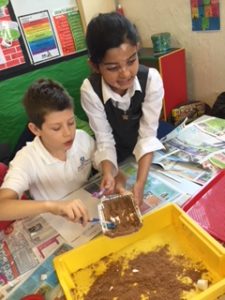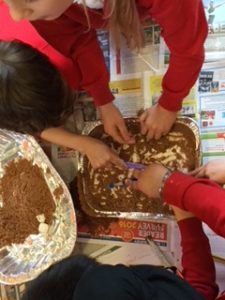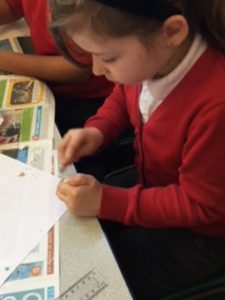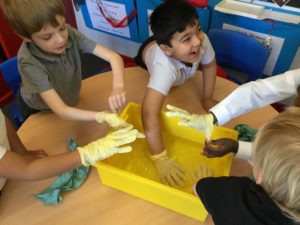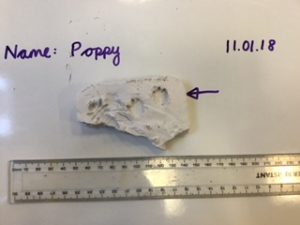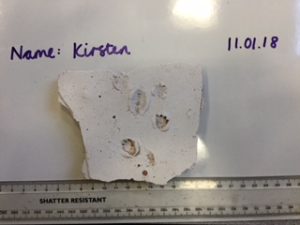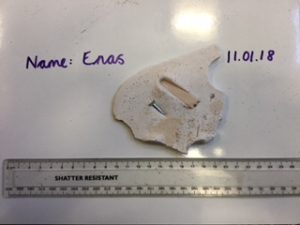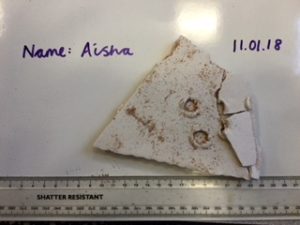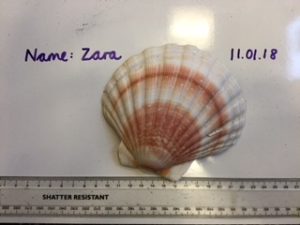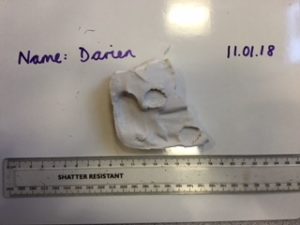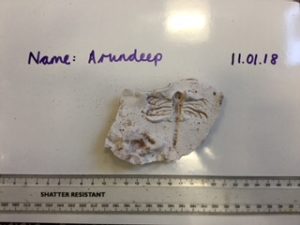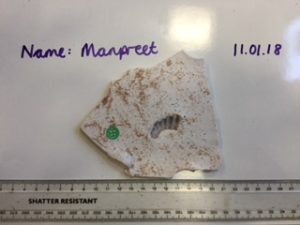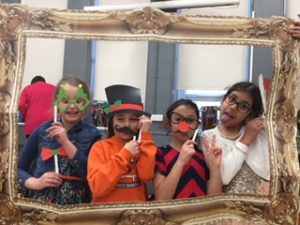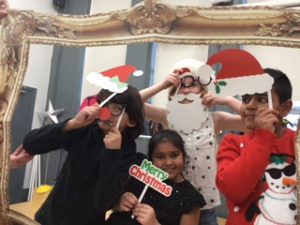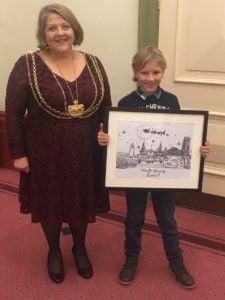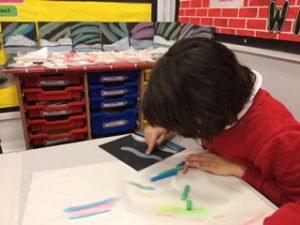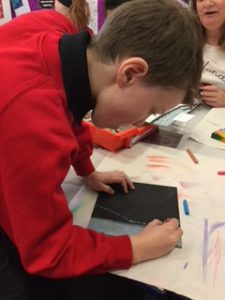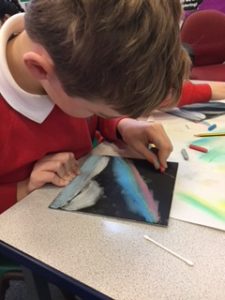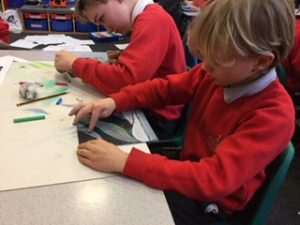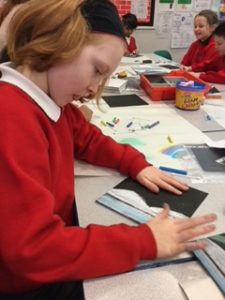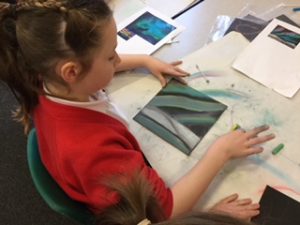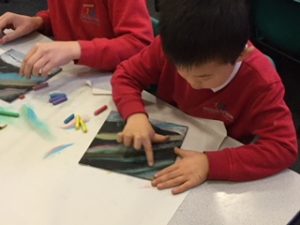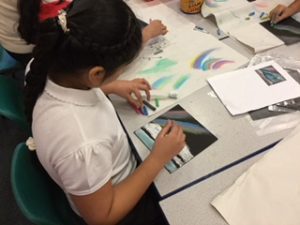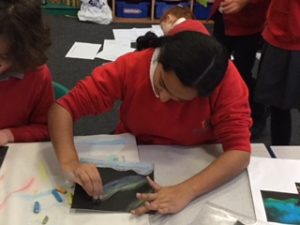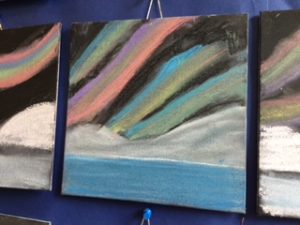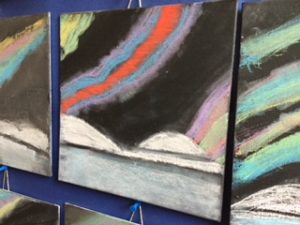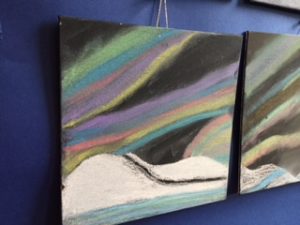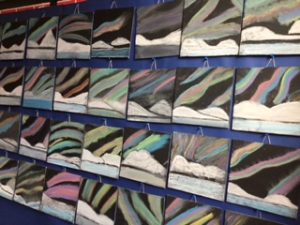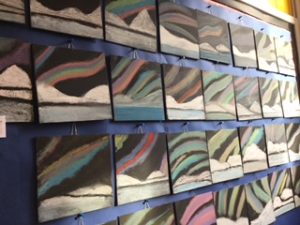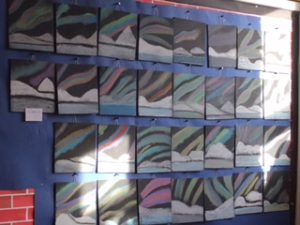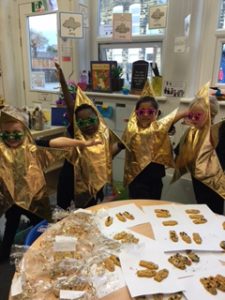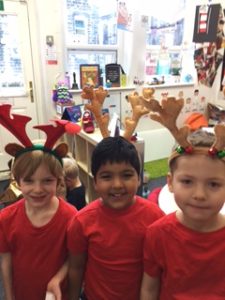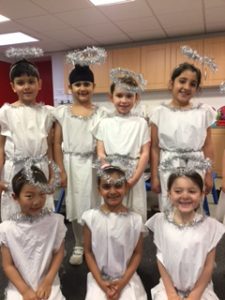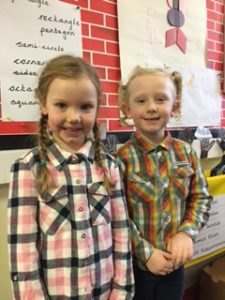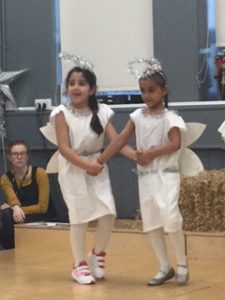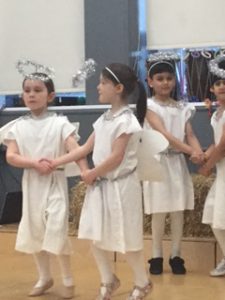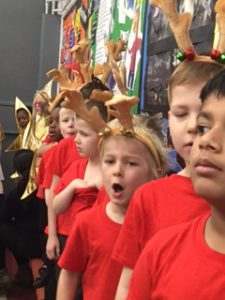This week, Year 4 enjoyed a visit from The Mimika Theatre Group.
We were transported through a non verbal exploration of four contrasting areas of the natural world.
Landscapes is a unique show featuring puppets, mime, lights and sound which was designed to communicate through atmosphere.
We witnessed remarkable visual effects and transformations all set inside a beautiful dome.
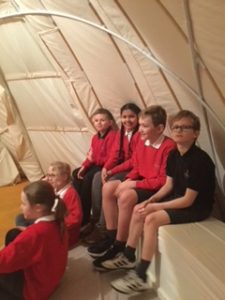
Throughout the 45 minute session we enjoyed atmosphere, movements, rhythms, and sounds of four contrasting areas of the natural world.


The Sun rises over a buzzing desert, a chick hatches.
The Eagle leaves the nest in search of food.
Below, the Meerkats are alert.
The journey begins…..
Desert
Where the meerkats,lizards, snakes and scorpions battle each other but all live under the constant threat of danger from above…
…the ever circling Eagle searching for prey.

Rainforest
Where Apes and even the butterflies,spiders and birds are all drawn to a clutch of eggs on the riverbank but, the Crocodile is always on guard.


Sea
A crowded kaleidoscope of constant movement, the large and the small, the speedy and the slow, the beautiful and the ugly, the familiar and the bizarre.

Antarctic
Where the snow and the wind, the cold and the ice provide a harsh but beautiful background for the setting sun at journey’s end.

- environments
- habitats
- different species
- adaptation
- predators and prey
- life cylces
- food chains
We also discussed how using music in the production created an atmosphere for each environment.
“You can tell by the change in the music when a predator is nearby,” said Poppy, hiding behind her hands!
I really enjoyed the show and didn’t want it to end,” Henry said.
“We can honestly say that we found Landscapes to be one the most exciting, moving, educational performances we have ever seen. All the staff witnessed an awe of wonder on every child’s face as they watched this incredible show. Indeed, we were all very privileged to be a part of this journey through different lands. All this without a word being spoken,” discussed Mrs Freeman, Mrs Charlesworth (who was none to keen on the snakes) and Mrs Pearson.
Below, there are some images from the Mikika Theatre website for you to enjoy with your child. Ask them to describe each picture and which creatures inhabit the environment shown.

























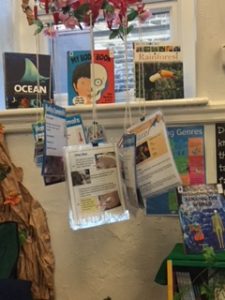
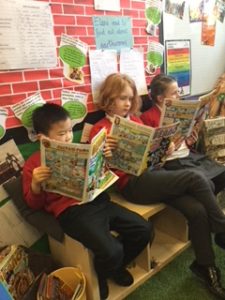
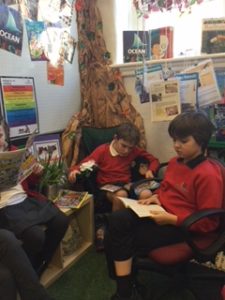
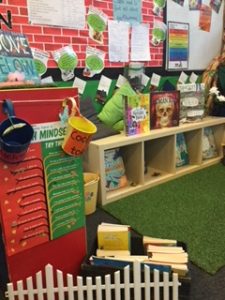

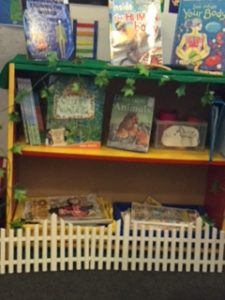
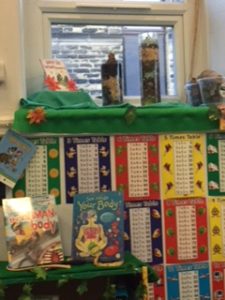
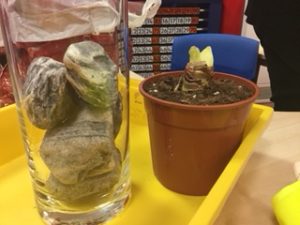

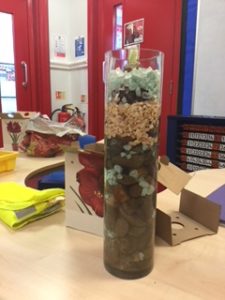
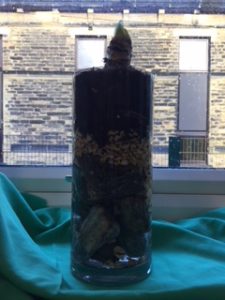
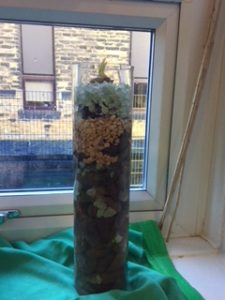
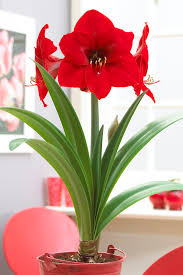
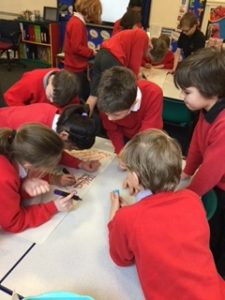
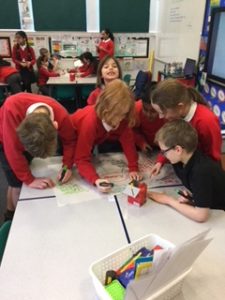
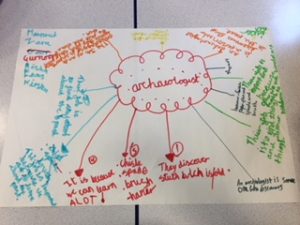
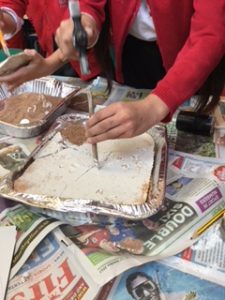
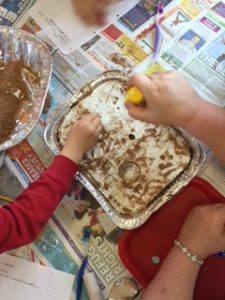 We excavated in layers rather than digging holes as this is how a real archaeologist works. When an artefact or fossil had been uncovered, the groups had to carefully clear the sand and rock from around the edges avoiding damage to the surface of the artefact itself.
We excavated in layers rather than digging holes as this is how a real archaeologist works. When an artefact or fossil had been uncovered, the groups had to carefully clear the sand and rock from around the edges avoiding damage to the surface of the artefact itself.
